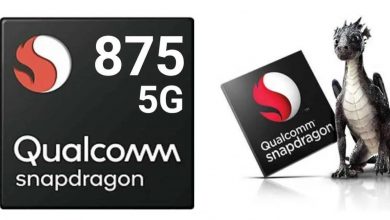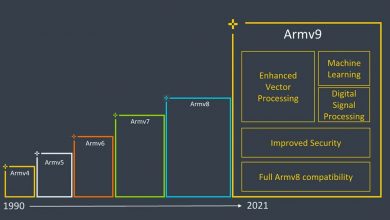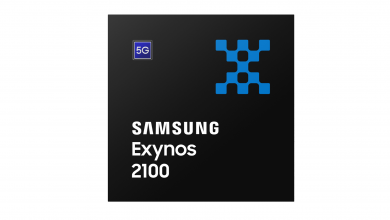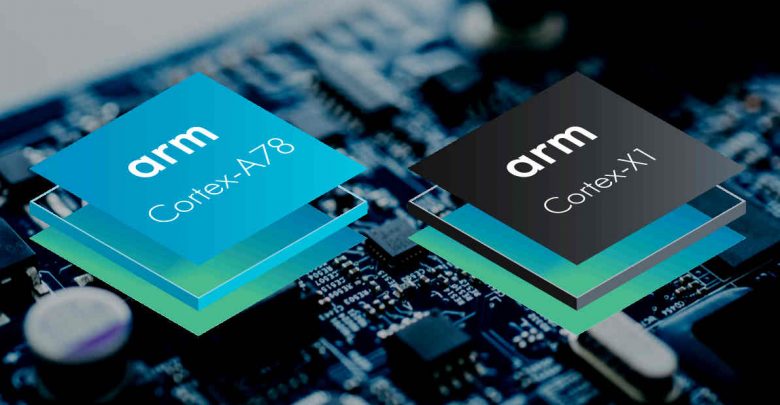
The UK based chip maker ARM(Advanced RISC Machine where RISC stands for Reduced Instruction Set Computing) has launched not one, but two SoCs(System on Chips) mainly for Android smartphones. The main announcement was the Cortex-A78 which is an upgrade to the Cortex-A77 that was released last year, and based on the Cortex-A roadmap. The other announcement which came as a surprise is the new Cortex-X1. The Cortex-X1 is developed out of its new Cortex-X Custom Program.
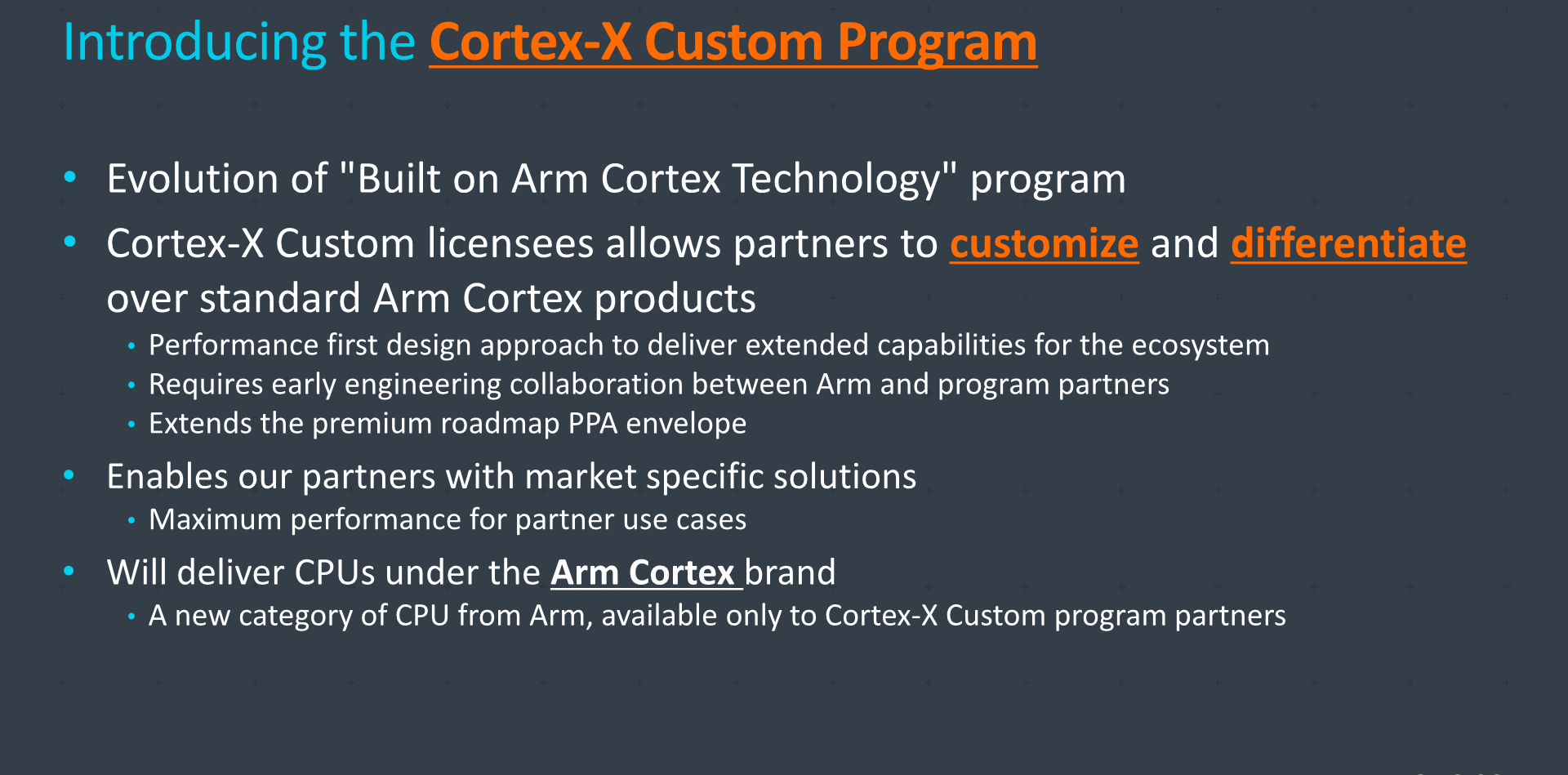
A78 and X1: Power efficiency vs absolute performance
Both the A78 and X1 are geared for performance computing, but the main difference between both is that the A78 is focused on power efficiency whereas the X1, which was meant to be a competitor to Apple’s A series chips is actually one that might deliver excellent performance gains, and could even beat one of Apple’s latest processors. Both CPUs are designed for high end smartphones which will be released in 2021 and be in conjunction with each other. Let’s see the main differences of both.
Cortex A78: Efficiency focused mobile computing
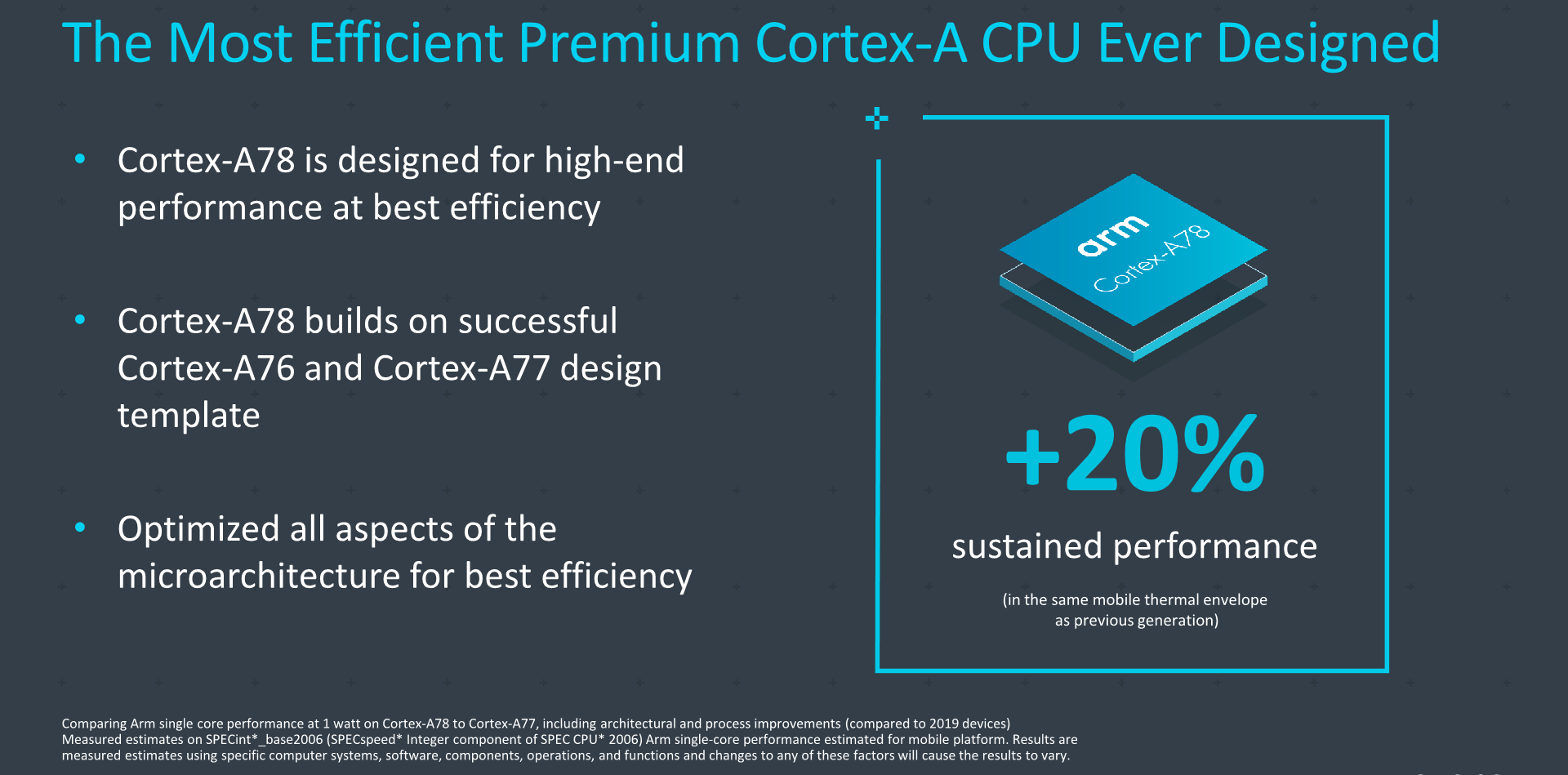
The Cortex A78 isn’t a surprise as ARM has been tinkering with the Hercules codename since over two years back when drawing the company’s roadmap for 2020. 2 years later, they finally released their Cortex A78, which is the third iteration of ARM’s CPU family which started with Cortex A76. The A78 is a continuation of ARM’s design philosophy where the focus is on a balance between power, performance and area(PPA). ARM has always been able to provide great performance with a lower power consumption and in a really small die size.The A78 promises a 20% improvement using the same clock speeds(mobile thermal envelope). This is mostly based on the improvements that come with the 5nm architecture.
Cortex X1: Thinking and moving out of the box
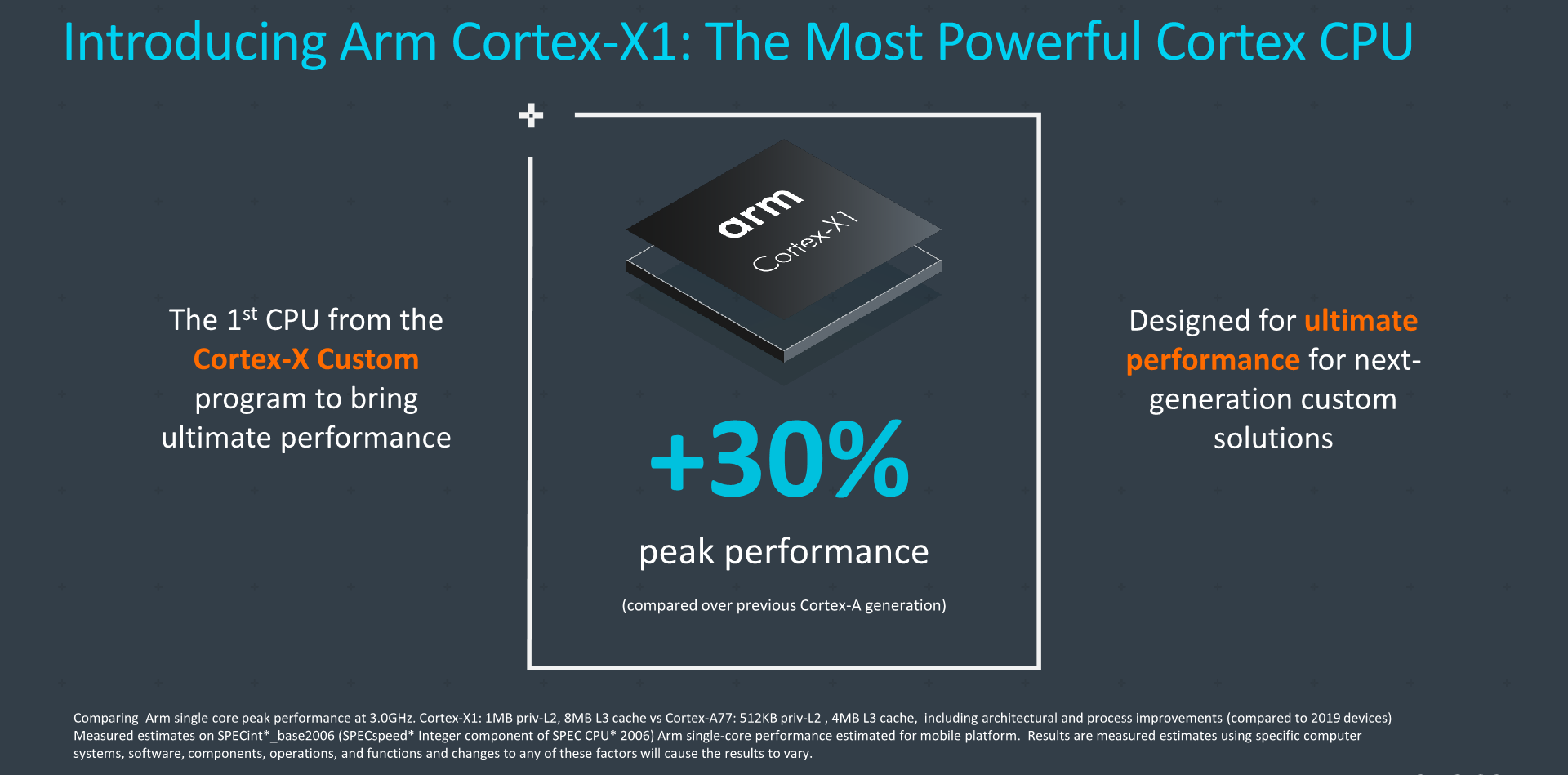
ARM has a business model where their main focus is, as stated earlier, PPA. But to increase their power performance, ARM had to change their thinking strategy, and move beyond PPA. This is used to counter Apple’s A series performance markers, and ARM has always been lagging behind. ARM finally took the leap of faith, and created their X1 custom ARM core. The X1 was created within the frame of a new program at ARM, and the company calls it the “Cortex-X Custom Program”. This program evolved from their “Built on ARM Cortex program” as reported by AnandTech. That allowed customers to configure new custom designs for the SoC. Qualcomm was the main sponsor of this licence. It is reported that the Cortex X team worked with both Apple and Qualcomm to create the new high-end design.
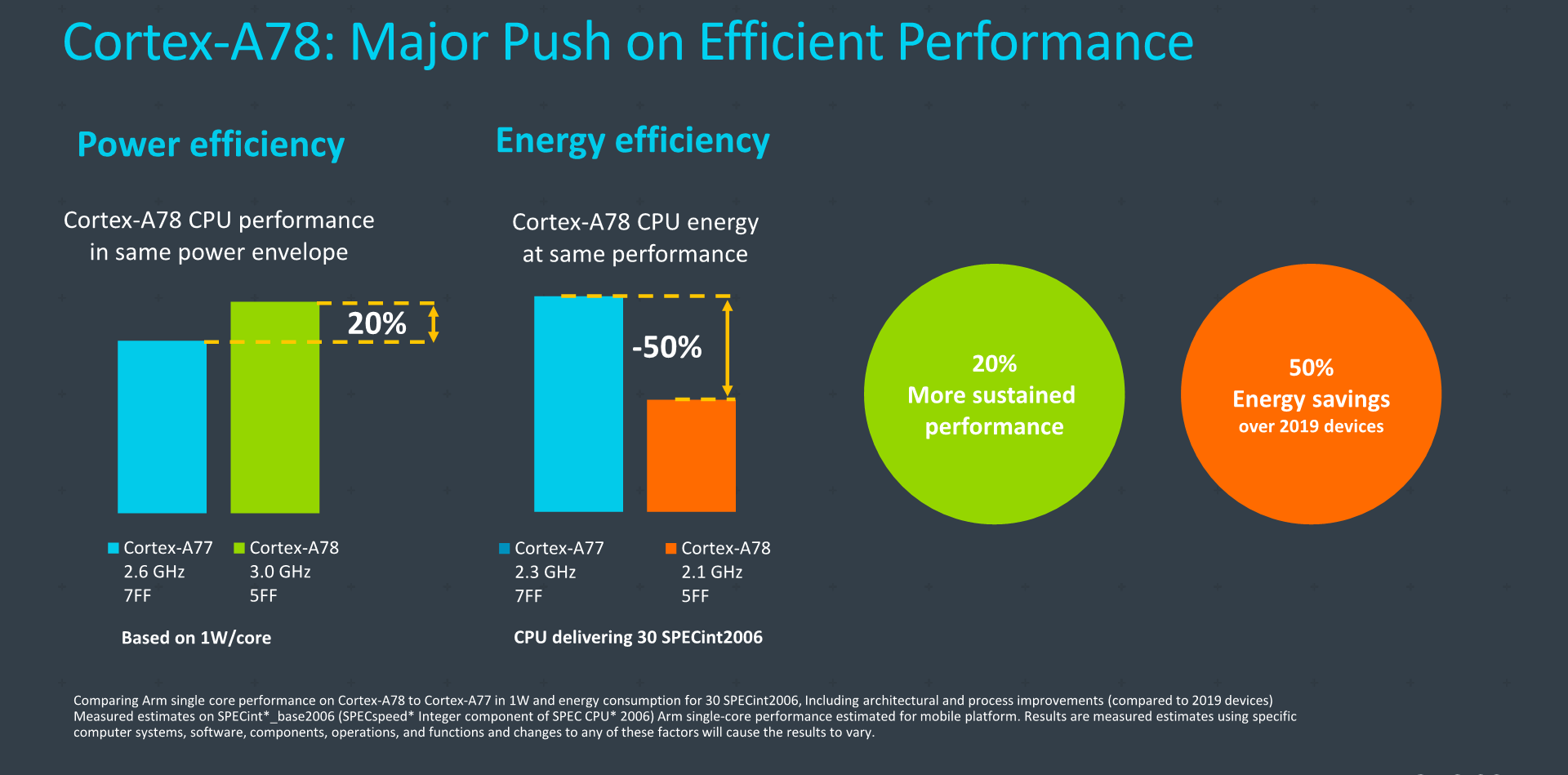
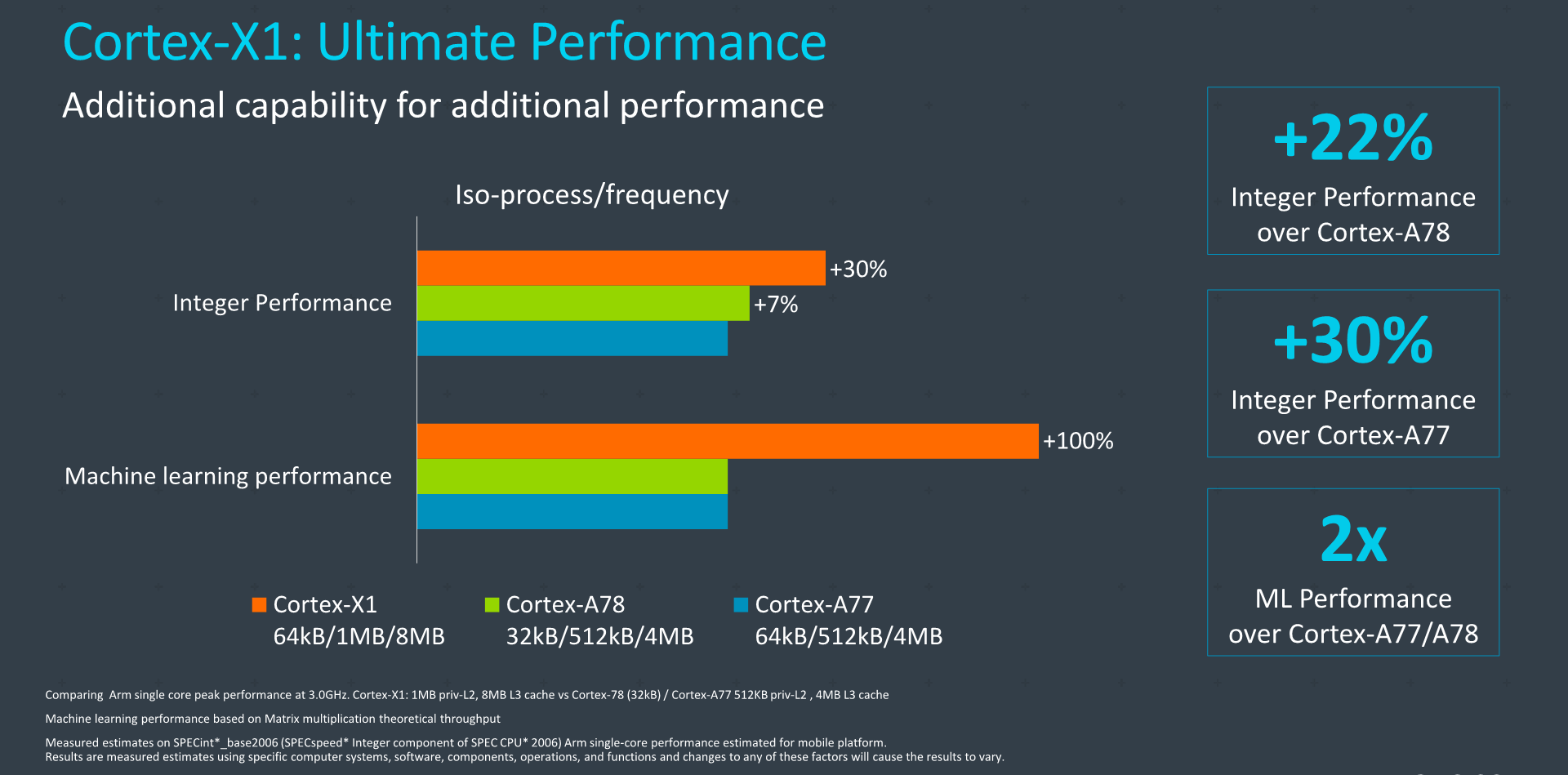
Eventually, there are 2 different micro architectures designed using the same team, but Cortex A78 is PPA focused, while X1 is performance oriented, and that means sacrificing efficiency for higher power usage or a larger die area. We could hopefully see the new single X1 core with three A78 cores on the flagship Qualcomm Snapdragon, Mediatek Dimensity and Samsung Exynos chipsets that are due in 2021. It remains to be seen how well these new chipsets with the Cortex X1 cores perform. Would they beat Apple’s latest offerings? Only time will tell.

